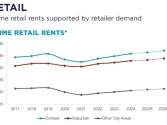
Indonesia's B2B e-commerce market thriving amidst FMCG sector's growing complexity
GudangAdah has emerged as the sector’s biggest player in terms of transaction volumes.
The complexity in the Indonesian fast-moving consumer goods (FMCG) retail landscape is driving the growth of business-to-business (B2B) e-commerce in the sector, opening significant investment opportunities, a report from L.E.K. Consulting revealed.
There are between 4 million and 5 million general trade (GT) outlets, including mom and pop stores, and around 35,000 modern trade outlets (such as chain hypermarkets and supermarkets) across the country. These retailers depend on a complex supply chain consisting of producers, distributors, wholesalers, and semi-wholesalers to procure and maintain their inventories.
As such, B2B e-commerce players are creating value by streamlining supply networks, the report stated. Moreover, there are robust demand drivers that have buttressed B2B e-commerce further.
Firstly, retailers are becoming more aware of technology as a potential solution to their many pain points. In addition, Indonesia's digital penetration has jumped 30% since 2015 to about 75% in 2020.
“Improving infrastructure such as in logistics with a large number of start-ups, such as Ninja Van, Sicepat Ekspres and Tiki, are key in complementing the B2B marketplace ecosystem with last-mile delivery, hence improving the infrastructure in the country,” L.E.K. Consulting said.
Lastly, the pandemic has induced behavioural changes in consumers as unnecessary travel was foregone during lockdowns and B2B e-commerce became the obvious choice for stock replenishment. As a result, several B2B platforms have emerged across the e-commerce and marketplace models, such as Grab Kios, GudangAda, GoToko and more.
In Indonesia, GudangAda has emerged to be the largest in terms of transaction volumes, whilst Mitra Tokopedia and GrabKios have each also seen greater engagement on their apps. This is due to the latter two’s capability to offer services outside of B2B e-commerce, L.E.K. Consulting’s Southeast Asia technology practice head Manas Tamotia commented.
"Similarly, in a broader context, we discovered that the marketplace model has been successful in other countries like China and India, with substantial traditional trade," Tamotia added.
The B2B e-commerce market, valued at about $51.43b (IDR742t), recorded a 7% compound annual growth rate (CAGR) from 2015 to 2020.


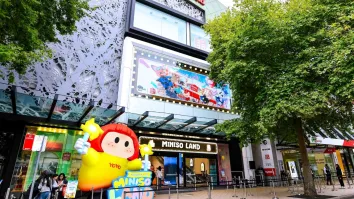




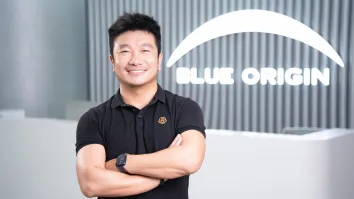
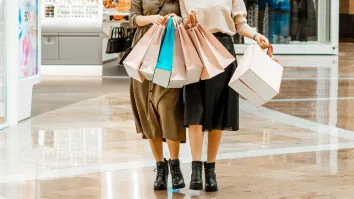

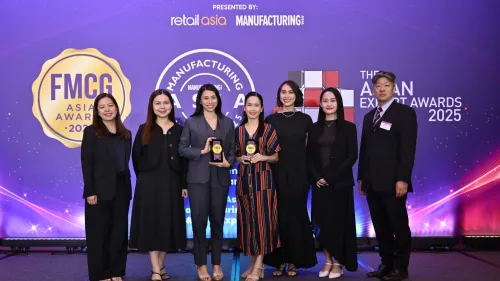
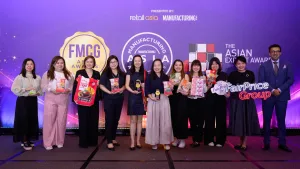
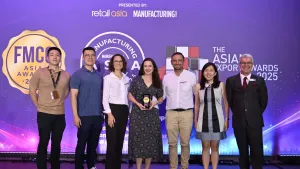
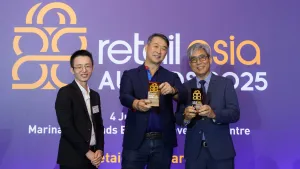




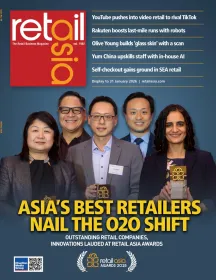
 Advertise
Advertise

